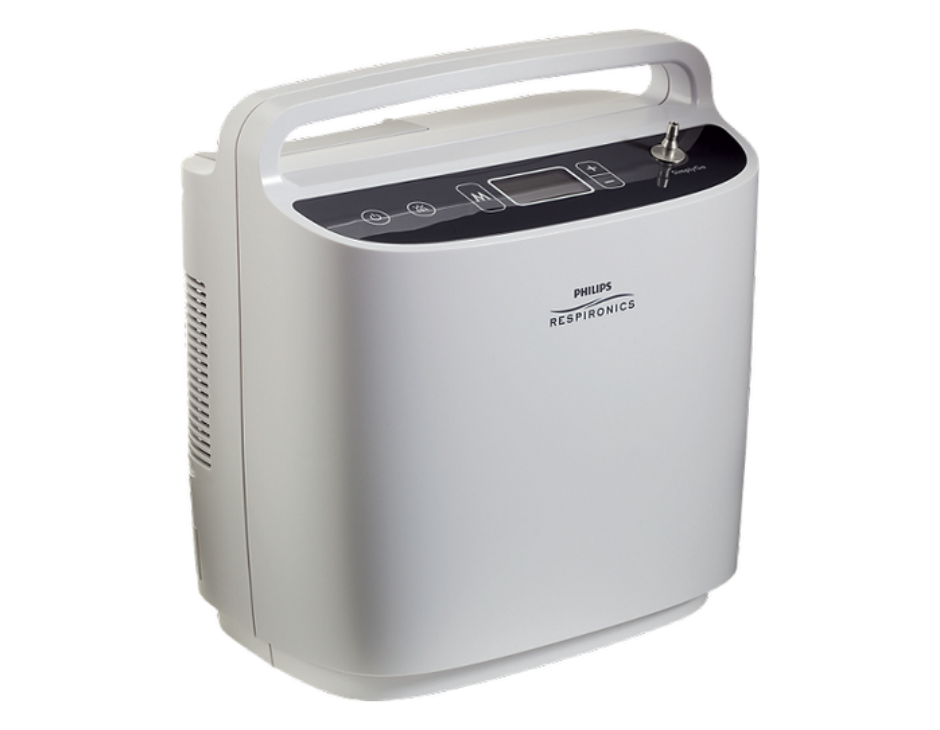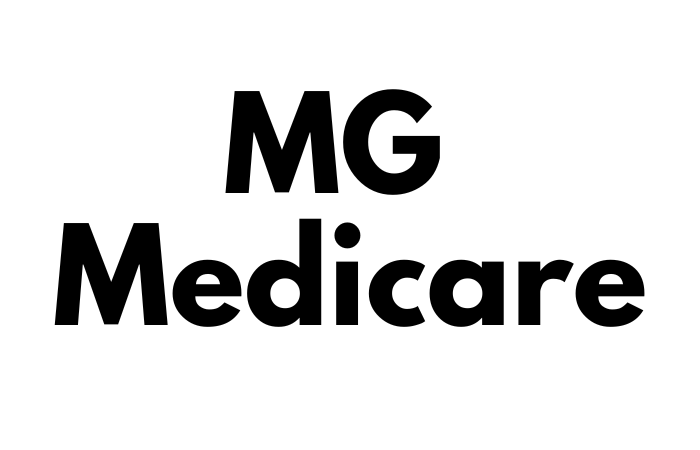Product Category
Patient Monitors
Use this coupon at checkout for ₹100 off all Purchases
100off
Showing all 8 results
-
Sale!

BPL EliteView EV8- 5 Para Monitor
Original price was: ₹90,000.00.₹79,000.00Current price is: ₹79,000.00. -
Sale!

BPL Excello Digital – 5 Para Patient Monitor
Original price was: ₹110,000.00.₹85,000.00Current price is: ₹85,000.00. -
Sale!

BPL Ultima Prime D 12.1″ Patient Monitor- 5 Para Monitor
Original price was: ₹110,000.00.₹79,000.00Current price is: ₹79,000.00. -
Sale!

Contec 5 Para Monitor – CMS 8000 (FDA Approved )
Original price was: ₹50,000.00.₹31,990.00Current price is: ₹31,990.00. -
Sale!

Contec Patient Monitors – CMS 5100 (3 Para)
Original price was: ₹19,000.00.₹12,900.00Current price is: ₹12,900.00. -
Sale!

Nidek Aurus 10 Patient Monitor- 2 Para Monitor
Original price was: ₹50,000.00.₹37,900.00Current price is: ₹37,900.00. -
Sale!

Nidek Aurus 50 Patient Monitor- 5 Para Monitor
Original price was: ₹68,000.00.₹52,800.00Current price is: ₹52,800.00. -
Sale!

Nidek Horizon ECO 5 Para Patient Monitor
Original price was: ₹88,000.00.₹67,990.00Current price is: ₹67,990.00.
Patient monitors are devices used to measure, record, and display various patient parameters such as heart rate and rhythm, SPO2, blood pressure, temperature, respiratory rate, blood pressure, blood oxygen saturation, et cetera to keep track of the patient’s health and provide them with high-quality health care.
Consistent developments and innovations in sensor and interconnect technology have revolutionized methods to monitor patient well-being in medical establishments. As the methods become easier for healthcare providers, the devices are much more complex than their predecessors.
Patient monitoring systems are any systems and/or processes enabling healthcare providers to monitor a patient’s health.
Patient monitors are most often used in hospitals but are also frequently found in the homes of patients who suffer from a chronic illness, diabetes, etc. in order to keep an eye on their vitals and to detect further complications. It is used for continuous measurement of patient parameters such as heart rate and rhythm, respiratory rate, blood pressure, blood-oxygen saturation, and many other parameters to take care of critically ill patients.
Uses of Patient Monitors
- Get a comprehensive interpretation of the patient’s health
- Monitor the patient’s progress after beginning a treatment
- Monitor a patient’s vital signs during surgery to mitigate the risks of complications
- Keep a check on the patient’s postoperative recovery
- Understand the patient’s response to a certain treatment and then adjust the dosage accordingly
- Achieve a diagnosis
- Monitor the glucose levels of a patient suffering from diabetes
- Monitor the patient’s heart rate while looking for arrhythmia
- Provide constant care to the patients who need more support
- Keep an eye on the patients who are bedridden
- Track the brain waves of a comatose patient
- Portable patient monitors allow paramedics to transmit data to the hospitals, look for a diagnosis, and help prevent further complications
The above-mentioned uses are very few of the numerous things that patient monitors are used for.
- Early Detection and Intervention
Patient monitors enable healthcare providers to identify subtle changes in vital signs and intervene promptly before a condition worsens. This early detection can significantly improve patient outcomes, reduce complications, and save lives.
- Enhanced Patient Safety
- Data-Driven Decision Making
How Patient Monitors Work ?
- Sensors
Patient monitors consist of sensors that are programmed to capture various patient parameters such as pulse rate et cetera and pass it on to the capital equipment to be interpreted further. The sensor is found in the part of the device that is attached to the patient’s body from where it collects the data that needs to be interpreted. For example, a Spo2 Sensor detects the oxygen levels in your blood and delivers it on the screen for the doctor to treat you accordingly.
- Capital Equipment
Once the patient’s data is collected by the sensors, it is sent to the capital equipment to be stored, processed, and interpreted. The capital equipment is the monitor at which the data collected by the sensor is presented to the doctors. The data is transmitted through a number of wires and PCBs interconnected within the patient monitoring system.
- Software
The software is what processes the data collected by the sensors and converts it into readable information that is displayed on the capital equipment. The data collected by the sensors is mostly in complex code which needs to be simplified in order for the doctors to be able to understand the patient’s vital signs.
Patient monitors are one of the most essential medical devices that result in saving millions of lives every day. Every hospital needs a patient monitoring system to be able to provide the best healthcare to their patients.
Where Patient Monitors are Used ?
Intensive Care Units (ICUs) and Other Critical Care Units (NICUs, CCUs, SICUs)
Patient monitors are extensively used in critical care settings to continuously monitor patients who require close observation.
Emergency Departments and Operating Rooms
In emergency departments and operating rooms, patient monitors are vital in monitoring patients’ vital signs during various medical procedures. They provide real-time feedback on physiological parameters, allowing medical personnel to make immediate decisions and intervene as needed. Patient monitors equipped with invasive blood pressure monitoring capabilities are particularly crucial in surgical procedures, ensuring hemodynamic stability and guiding fluid management.
General Wards and Step-down Units
Home Healthcare
Patient monitors are also finding applications in home healthcare settings. These portable devices allow patients with chronic conditions or those recovering from surgery to be monitored in the comfort of their own homes. By collecting and transmitting vital data to healthcare providers, patient monitors enable remote monitoring and timely interventions, reducing the need for frequent hospital visits and improving overall patient experience.
When a patient is coping with a severe injury or illness, things can take a turn for the worse very quickly. Unfortunately, because the average doctor or nurse looks after so many patients at once, there is a chance that staff may not be in the room the moment things go badly. In this instance, having functional monitoring devices can be a matter of life and death. That is why equipping your hospital with different types of patient monitoring devices is critical for patient safety.
Types Of Patient Monitoring
> Vitals Monitoring
Keeping track of a patient’s vitals, including heart rate, blood pressure, and body temperature, is one of the most basic and essential types of patient monitoring. When a patient’s state worsens, the first signs occur in their vitals. Devices that monitor vitals may vary based on what information they display. Most devices display at least the three vitals already mentioned, but more advanced devices may also display respiration or blood oxidation levels. These devices can also be programmed to alert staff when vitals fall to dangerous levels.
> Fetal Monitoring Systems
When a woman goes into labor, it is essential to monitor her vitals and the vitals of her baby, specifically their heart rate. This is crucial for making sure the baby is healthy throughout the entire birth. Although doctors can conduct fetal monitoring periodically via stethoscope, it is often much more straightforward for doctors to use electronic fetal monitoring systems to monitor the mother’s and baby’s heart rates and alert the doctor to irregularities.
> Brain Monitoring Systems
Patients with neurological conditions are often in one of the most vulnerable situations in a hospital. This includes patients who have experienced injuries to the head and neck or those who have experienced a stroke or hemorrhage. These patients, along with patients who have undergone anesthesia treatments, need consistent monitoring of their brain activity. This is because these patients are often unconscious and cannot provide the same verbal feedback that other patients can.
Types Of Patient Monitoring Systems
The two broad types of patient monitoring systems are bedside patient monitoring systems and remote patient monitoring systems
> Bedside patient monitoring systems
Bedside patient monitoring systems are also referred to as hospital patient monitoring systems. They are used within the hospitals to monitor patients in ER as well as intensive care settings. Bedside patient monitoring systems are not just required for patients in trauma but also for long-term patient monitoring for vital signs to prevent complications and to ensure full recovery.
It is a display of major body functions on a device that looks like a television screen or computer monitor. The number of body functions the monitor measures is up to the doctor and nurse.
The monitor is attached to wires, called leads. At the other end, the leads are attached to sensing devices attached to the patient’s body. The sensing device sends electronic signals to the monitor, which displays the readings for the specific body function being monitored.
The monitor is typically used when the doctor wants to measure functions like the heart rate, respiratory rate, blood pressure and temperature. In addition, special functions such as capnography, oximetry, electroencephalography and pulmonary artery catheter readings are also used in certain situations. The bedside monitor has alarms that signal the nurse if a body function needs attention.
> Remote patient monitoring systems
A remote patient monitoring system is used to monitor patients outside of the hospital i.e. remotely. It is also referred to as a home patient monitoring system. It enables healthcare providers to monitor a patient’s health outside of the hospital. It helps them to track real-time changes in a patient’s health data from a distance and use it in planning treatment for the patient.
It is also called telemonitoring and in-home monitoring, remote patient monitoring is the set of technologies and practices enabling healthcare providers to track real-time changes in a patient’s health data from a distance and use it in a treatment plan. It’s an integral component of the broader telehealth industry and e-health domain.
The top 5 patient monitors in India are
- BPL Ultima Prime D
- Philips Goldway GS20 Patient Cardiac Monitor
- Nidek Horizon Eco
- Mindray UMEC-10 Patient Monitor
- Contec CMS 8000 Patient Monitor
Patient Monitors Price in India ?
Price of Patient monitors in India starts from ₹ 30,000 & goes upto ₹ 9 Lakh Depending upon the features, Warranty & Services Opted.
Buy patient monitors at the lowest price from MG Medicare. We provide 100% genuine patient monitors that come in original manufacture packing.MG Medicare is the best online and offline medical equipment supplier in India. It offers the lowest patient monitor prices for hospitals, clinics, nursing homes, and patients.We provide patient monitors on rent in Delhi, Noida & Lucknow . With us, you will find the best patient monitors in India. For offline stores, you can visit your nearby stores in New Delhi and Lucknow. Call us 9310629328 for the best price and products or mail at contact@mgmedicare.in

We’ve Got You Covered
Diversity in the product range, affordable rental services, 24/7 customer support & emergency response, personalized contact are some of our advantages that make the customers attracted towards us because we give them complete medical related solutions under one roof. We believe health can be protected if you get the right solution at time.
If you are someone who is looking for a holistic approach for health and home care, then we are the right platform to help you in your every need of medical goods.
MG Medicare
We are #1 Medical Devices Supplier in India. 500+ products, 50+ Top Healthcare Brands Under One roof.
Contact Us
M-46 Sector 70 Noida Uttar Pradesh 201301
Working Hours
M-F - 11 AM to 8 PM
Sat- 11:30 AM to 7 PM
Sun: 11:50 AM to 6 PM
